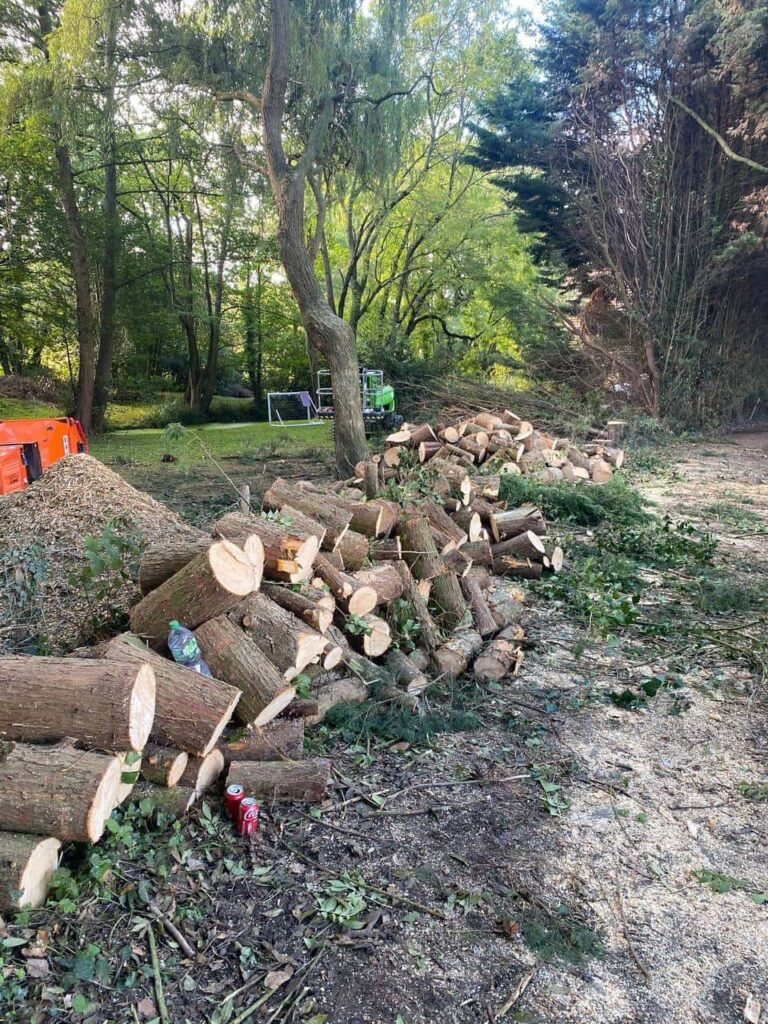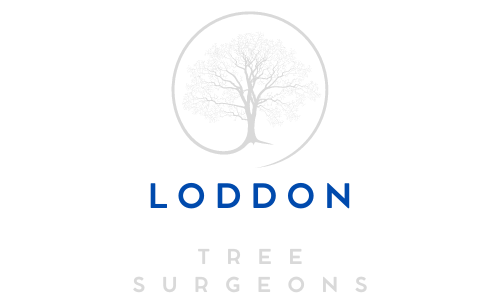Hedge Cutting: Maintaining Health During Growth Seasons
Introduction: Hedges are a quintessential feature of British gardens, offering privacy, structure, and aesthetic appeal. For homeowners in Loddon, ensuring that hedges remain healthy and vibrant during their growth seasons is essential. This blog post delves into the best practices for hedge cutting during these critical periods, providing you with practical tips and expert advice to maintain your hedges in peak condition.
Understanding Growth Seasons
In the UK, hedges typically experience two main growth seasons:
- Spring (March to May): This is when most hedges begin their vigorous growth spurt. The warmer temperatures and increased daylight encourage new shoots and foliage.
- Summer (June to August): The growth continues, albeit at a slightly slower pace compared to spring. During this time, hedges often need regular trimming to maintain their shape and health.
Why Regular Hedge Cutting is Important
Regular hedge-cutting during the growth seasons is crucial for several reasons:
- Promotes Healthy Growth: Trimming encourages the development of new shoots, leading to denser and more robust foliage.
- Prevents Disease: Removing dead or diseased branches reduces the risk of infections spreading throughout the hedge.
- Maintains Shape and Size: Regular cutting helps keep your hedges tidy and within desired dimensions, preventing them from becoming overgrown.
- Enhances Aesthetic Appeal: Well-maintained hedges contribute to the overall beauty of your garden, adding a neat and polished look.
Best Practices for Hedge Cutting
- Choose the Right Time: The best time to cut hedges is during late spring or early summer when the new growth is well established but before the flowering season begins. Avoid cutting during the peak of summer to prevent stressing the plants during hot weather.
- Use Sharp Tools: Ensure your tools are sharp and in good condition. Dull blades can cause ragged cuts, which can damage the hedge and make it more susceptible to disease. Hedge trimmers, shears, and secateurs are essential tools for precise and clean cuts.
- Follow the Hedge Shape: When cutting, follow the natural shape of the hedge. For formal hedges, maintain straight lines and crisp edges. For informal hedges, allow for a more relaxed, flowing shape. Always start trimming from the bottom and work your way up to avoid unevenness.
- Don’t Over-Cut: Avoid cutting too much at once. Removing more than one-third of the hedge at a time can shock the plant and hinder its growth. Instead, trim little and often to encourage healthy and consistent growth.
- Remove Dead or Diseased Wood: Regularly inspect your hedges for dead or diseased branches and remove them promptly. This prevents the spread of disease and keeps your hedges looking their best.
- Feed and Water Appropriately: After trimming, give your hedges a boost with appropriate feeding and watering. Use a balanced fertiliser to promote healthy growth and ensure your hedges are well-watered, especially during dry periods.
Hedge Cutting and Wildlife
It’s important to consider local wildlife when cutting your hedges. Many birds and small animals use hedges as nesting sites, particularly during the spring and early summer. Before starting any trimming work, check for active nests and avoid disturbing them. If necessary, delay your hedge cutting until after the nesting season.
Benefits of Professional Hedge-Cutting Services
While homeowners, professional hedge-cutting services can manage regular maintenance and offer several advantages:
- Expertise: Professional hedge cutters have the knowledge and experience to trim your hedges correctly, ensuring their health and longevity.
- Efficiency: With the right tools and techniques, professionals can complete the job quickly and efficiently, saving you time and effort.
- Safety: Hedge cutting can involve working at heights and using sharp tools. Professionals are trained to carry out the work safely, reducing the risk of accidents.
Conclusion: Maintaining the health of your hedges during growth seasons is essential for a beautiful and thriving garden. By following the best practices outlined in this blog post, you can ensure your hedges remain in top condition throughout the year.
Call us on: 01508 505 537
Click here to find out more about Loddon Tree Surgeons
Click here to complete our contact form and see how we can help you with your tree’s needs.

